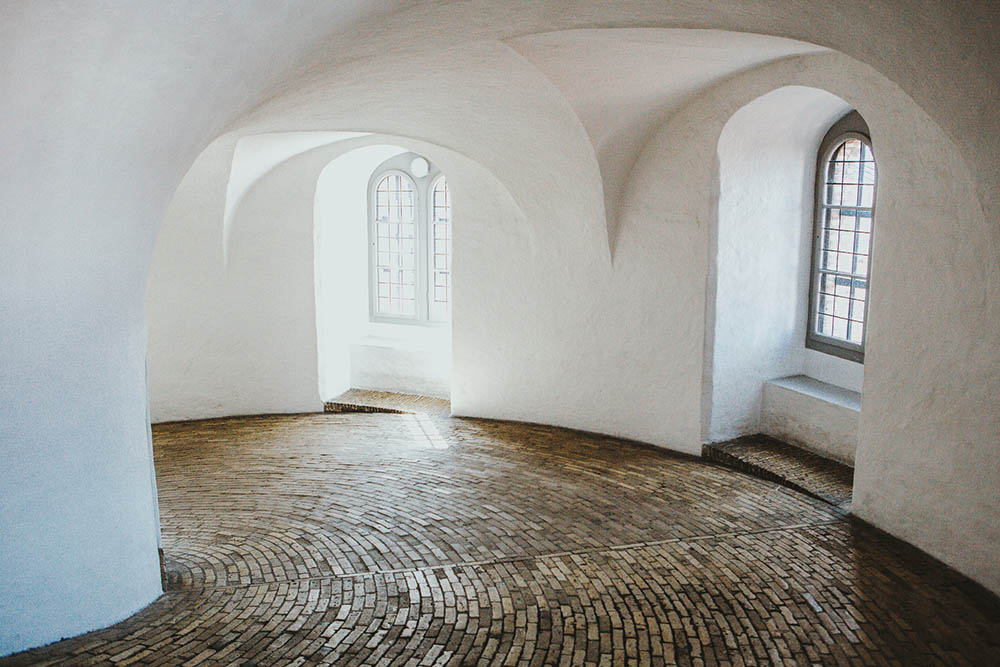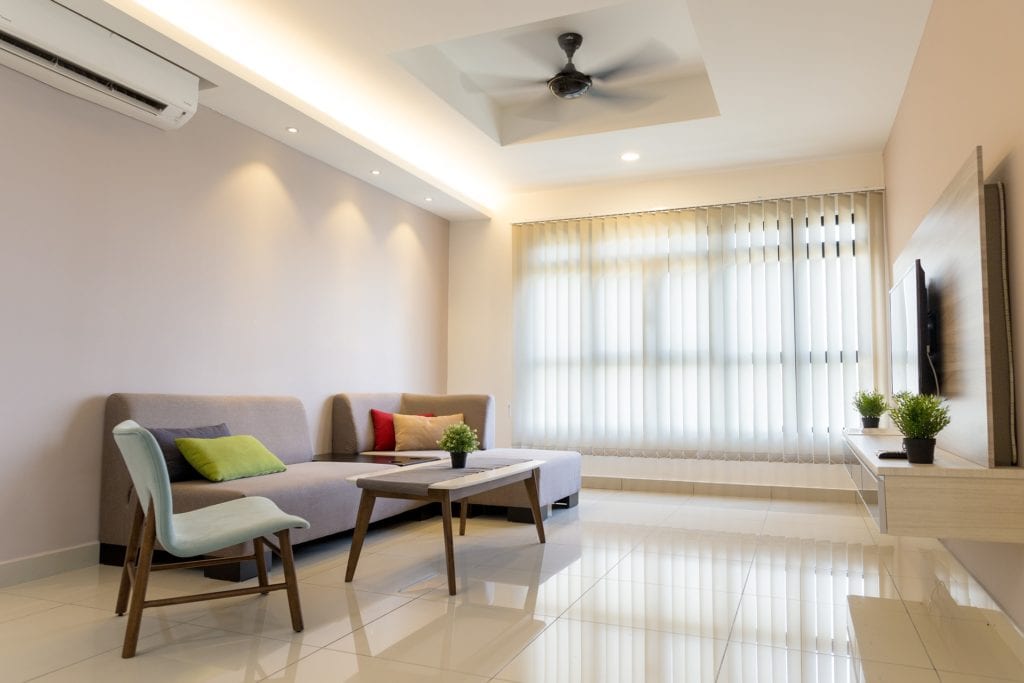What is the Ideal Indoor Temperature? What You Need To Know!
-
Kristin Hitchcock
- Last updated:

There is no one ideal air temperature. It varies widely depending on the time of day and the weather. For instance, people often sleep better when the temperature drops, so it may be suggested to lower your home’s temperature at night to improve sleep. Plus, many people do this anyway, since they tend to get hot underneath so many blankets.
In the winter, you’ll probably want a lower temperature than during the summer. Not only does this reduce your bills, but it also helps you assimilate to the new season. If you spend a lot of time outside, you may notice that your ideal temperature shifts based on the current temperature outdoors.
Generally, though, the ideal temperature inside is usually between 68 to 78 degrees. In the summer, it should be closer to the latter. In the winter, it should be closer to 68. However, this is not a hard-and-fast rule, so you will have to adjust the temperature to fit your specific needs and situation.
 Is 72 a Good Temperature for Heat in the Winter?
Is 72 a Good Temperature for Heat in the Winter?
It depends on who you are and where you live. If you spend a lot of time outdoors, then 72 will likely be too hot. Your body will adjust to the colder temperatures outside, and a warmer indoor temperature may be a bit of a shock. It can also be difficult to move from warm temperatures to cold temperatures, so you may want to keep the temperature a bit lower.
Furthermore, 72 degrees is a bit above 68, which is the recommended temperature in the wintertime. However, if you live in a warmer climate, then 72 may be a bit too cold.
During the night, you will want to reduce the temperature slightly. Often 66 to 62 is a better temperature for nighttime. If you aren’t home for much of the day, you may want to leave it at this lower temperature.
With that said, you’ll also have to consider who lives at home with you. Babies and toddlers are more sensitive to temperature changes since they are so much smaller. Therefore, we recommend keeping temperatures between 68 and 72 degrees if you have small children in the house.
Dropping it down lower than that can be troublesome. However, you also shouldn’t take it much higher, as overheating has been associated with SIDS.

Is 65 Too Cold for a House?
Generally, you do not want your home colder than 68 degrees. This is considered the lowest tolerable temperature by most people, with 65 being much too cold. However, nighttime may be the exception to this rule, as many people need colder air to sleep.
This fact is especially true if you’re using a lot of heavy blankets, which can easily lead to sweating. That said, it is typically better to have your home a bit warmer than it is to use lots of heavy blankets. Even if your home is colder, heavy blankets can lead to sweating, which will just make you that much colder when you take the blankets off.
While the lowest temperature your house needs to be at does vary from person to person 65 is usually not an acceptable daytime temperature.
What is the Healthiest Room Temperature?
There is no room temperature that is considered “the healthiest.” It will all depend on where you live, the time of day, and your preferences. Babies and children are more susceptible to cooler temperatures, so they should generally not be in a house that is colder than 68 degrees.
However, they are susceptible to warmer temperatures as well. It is recommended that very young babies not be in homes hotter than 72 degrees, as SIDS is more likely at temperatures above this.
You’ll likely want to adjust your home’s temperature as the seasons change. For environmental purposes, the recommended winter temperature is 68, while the recommended summer temperature is 78. However, if you have small children, you may want to keep the house a bit cooler than 78 during the summer.
There is no need to suddenly change your air settings, though. Instead, we recommend doing it gradually so that you can adjust as the temperature changes. You may want to do this every spring and fall so that you can adjust as the seasons change.
- You might also like: How to Defrost a Heat Pump in 3 Steps
 Conclusion
Conclusion
There is no “perfect” temperature for everyone. However, it is recommended by the EPA that you keep your home around 68 in the winter and 78 in the summer. Smaller children need to be kept on the cooler side and should not be in a home warmer than 72 degrees, especially when they are sleeping, as this can cause SIDS.
You’ll likely want to adjust the temperature as things get warmer or cooler outside. At nighttime, many people prefer cooler temperatures, as well. Therefore, your home will likely not have the same temperature all the time.
Featured Image Credit: Sandro Kradolfer, Unsplash
Contents
 Is 72 a Good Temperature for Heat in the Winter?
Is 72 a Good Temperature for Heat in the Winter?